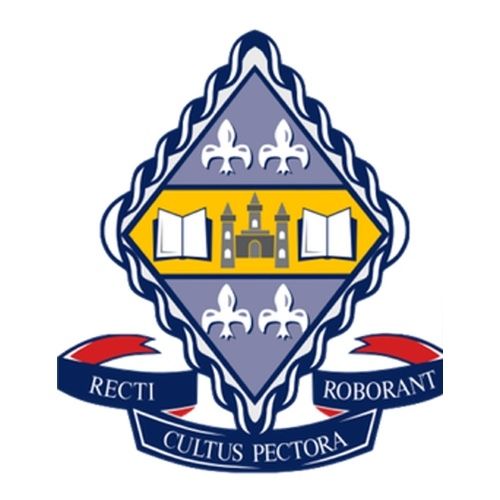
Hands-On Science
Hands-on at Otago University was one of the best things I have done this summer holiday.
From a young age, I decided to take Geology in university and for future career. Rocks and fossils are like ‘books’ that preserve what has happened in the geological history. One of the most important skills for a geologist is to ‘read’ the ‘books’ in nature to find out the past and predict the future. I was selected for the geology project group and our task during this one-week camp was to investigate the potential of liquefaction in Port Chalmers.
The first two days included field trips to Port Chalmers. We did borehole drilling, which was a vertical profile of soils of a spot, in the backyard behind the Swimming Pool and on a grass area along George Street in Port Chalmers. The purpose of doing the drilling was to take sample from various depths under the ground. Along with that, during our field work on the second day in Aramoana, we also used hammers to collect rock samples.
We spent the next two days in the geology department to do some lab work. The soil samples were used in the grain size analysis. In theory, if the soil contains a wide range of different sizes of grains and minerals, it has a relatively low risk of liquefaction as there are less gaps between the grains in the soil, and when earthquake occurs, it is more stable and more resistant to intensive shaking, instead of having imbalance in water pressure and behaving like liquid. The rock samples were used to do thin sectioning and were looked at under the microscope to find out what minerals and/or fossils were in the rocks. This also helped us to interpret what that piece of land was like in the past. Additionally, we looked at the distribution of fault lines in New Zealand using the resources from the university. Eventually, our findings were: the swimming pool area in Port Chalmers was a reclaimed land, mainly consisting of sedimentary rocks, sand and clay, which was vulnerable to liquefaction, whereas the grass land along George Street had mainly hard volcanic rocks and less prone to liquefaction.
I learnt a lot about geology and what I may be doing in the near future in Hands-on. It made me more determined to study geology-related at university. Also, we had a lot of fun activities to let us get a taste of different aspects about Dunedin and university life. I have met so many amazing young people who shared the same interest as me and were so passionate about their interests from all over New Zealand. I made life-long friendships. I am very grateful to have had this experience before Year 13 started and before leaving NZ for university.
Gallery


